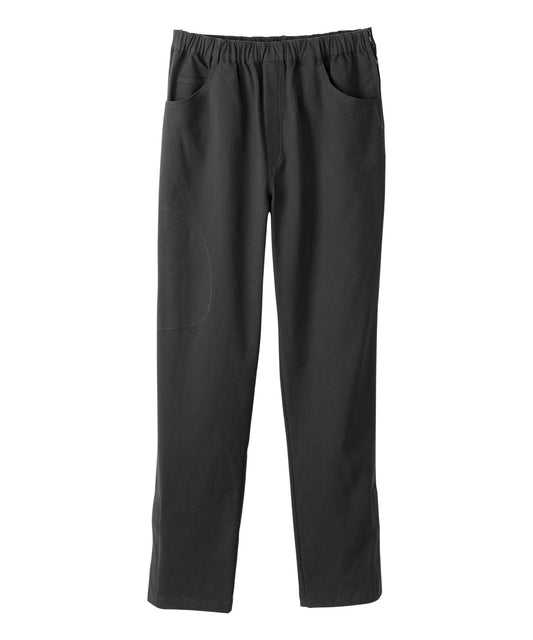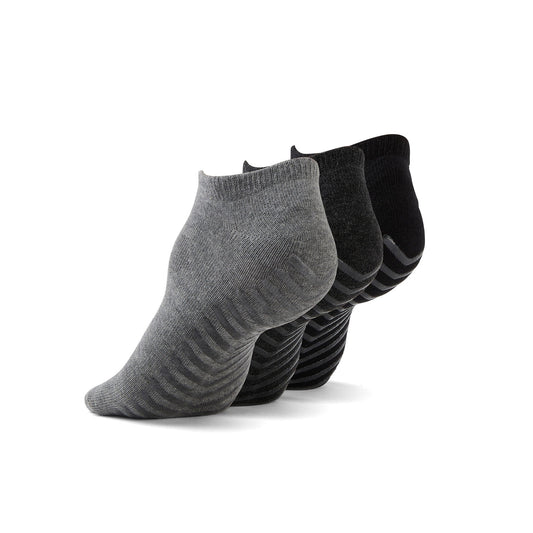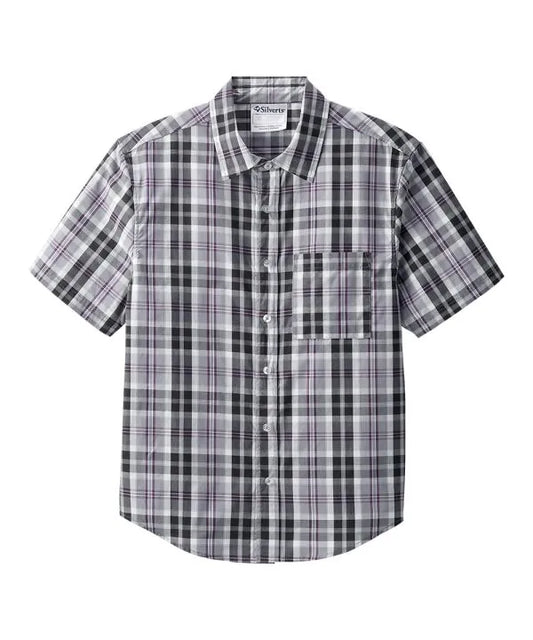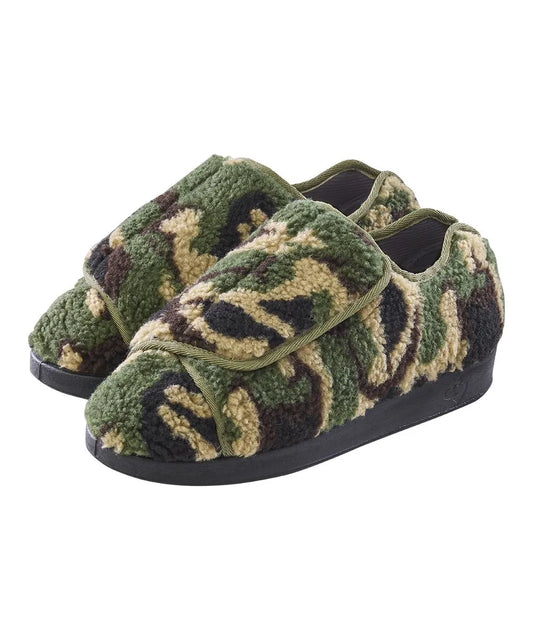Written by Gurkirat Butter and reviewed by Lourdes Duah
Shoulder injuries are a common health problem that affects millions of people each year. The shoulder is a complex joint that is widely used in everyday movements such as lifting, grabbing, and throwing. Due to constant use, the shoulder is susceptible to injuries ranging from minor strains to severe dislocations and fractures. Shoulder injuries can occur for many reasons, including overuse, repetitive motion, sports injuries, falls, and accidents. Depending on the severity, shoulder injuries can cause significant pain, discomfort, and mobility problems. It may also limit your ability to complete daily tasks or participate in sports or other physical activities. Common types of shoulder injuries include rotator cuff injuries, shoulder dislocations, labrum tears, and shoulder fractures. These injuries can cause a variety of symptoms, including pain, swelling, stiffness, weakness, and reduced range of motion.
Dressing after shoulder surgery is an important part of the healing process as it can affect the recovery process. It's important to consider certain factors. Avoid putting pressure on the shoulder that can cause pain or interfere with the healing process. At the same time, you want to dress comfortably and confidently. Comfortable clothing is necessary after a shoulder injury as it helps reduce pain and discomfort and promotes greater mobility and healing of the affected area. Shoulder injuries range from mild strains to more serious injuries such as rotator cuff tears. In all cases, the affected area needs protection and support until it heals. Wearing loose-fitting clothing made of soft, breathable materials such as cotton or linen can reduce friction and irritation in the injured area and prevent further damage and discomfort. Easy-to-wear clothes help avoid unnecessary strain on your shoulders when changing. It is also important to choose clothing that allows you to move freely and does not constrict your shoulders or arms. Clothing that is too tight or too constricting can restrict circulation and cause even more discomfort, while loose clothing allows more freedom of movement and promotes healing.
In this blog, we will go through the best practices on how to dress after a shoulder injury and will also highlight some exclusive June Adaptive products which can be of great use while recovering from a shoulder injury. Let’s get started:
Adaptive Dressing:
The first step after shoulder surgery is choosing adaptive dressing. Loose, comfortable clothing that is easy to put on and take off is ideal. Clothes with buttons or zippers on the front are easy to put on without straining your shoulders. In addition, clothes made of soft materials such as cotton and silk prevent irritation and reduce discomfort. When choosing tops, choose sleeveless or short-sleeved shirts that don't put a strain on your shoulders. Avoid long-sleeved or tight-sleeved shirts that are difficult to put on and take off. You can also wear a light jacket or sweater that can be easily removed if necessary. Loose clothing is needed after a shoulder injury to reduce pressure and stress on the shoulder joint. Tight clothing can put pressure on the shoulder joint, causing pain and discomfort. Loose clothing, on the other hand, allows more movement and flexibility, reducing the risk of further injury to the shoulder. June Adaptive has a wide collection of adaptive dressing such as the one below -

Women's Active Top With Back Overlap
Adaptive bottoms:
Trousers that require excessive movement of the injured shoulder, such as trousers with zippers or buttons, can be difficult to put on and take off after a shoulder injury. You should wear some kind of alternative that can be easily put on and taken off without excessive movement. Loose-fitting pants and shorts are also more comfortable and reduce the risk of skin irritation and chafing. We recommend pants with an elastic waist or string. These pants are easy to put on and take off without raising your arms too much. Avoid trousers with zippers or buttons as they are difficult to close with one arm.
Adaptive Footwear:
Another factor to consider about what to wear after shoulder surgery is the type of shoes you wear. After a shoulder injury, it may be difficult to bend over to tie a shoe or put on shoes that need to be tightened. Slip-on shoes or shoes with Velcro are recommended because they do not have laces. They are easy to put on and take off without bending over. It is also important to wear shoes with good grip to avoid falls and accidents. Slip-on shoes are a great option to put on and take off easily without having to overwork your injured shoulder. Shoes with non-slip soles can also reduce the risk of falls. June Adaptive has a wide collection of adaptive footwear such as the one below -

Men's Wide Easy Slip-on Sneakers Without Laces
Comfortable Accessories:
In addition to clothing, it's important to consider the accessories you wear. Do not carry heavy jewellery or bags that might strain your shoulders. Instead, choose lightweight accessories that are easy to carry and don't cause discomfort. After a shoulder injury, wearing jewellery or other comfortable accessories can help relieve pain and discomfort. Accessories that are too tight or too heavy put extra pressure on the shoulder joint, increasing pain and swelling. A comfortable accessory that does not add extra weight or pressure to the injured shoulder can help reduce pain and swelling. This is especially important for patients with rotator cuff injuries or shoulder impingement. Additionally, wearing a lightweight, comfortable accessory improves shoulder mobility and range of motion. This is especially important for those undergoing physical therapy to recover from a shoulder injury. Wearing a comfortable accessory will allow you to move your arm more freely without pain or discomfort.
Adaptive Socks:
Adaptive socks are beneficial for shoulder injuries because they are designed to make it easier to put on and take off the sock without raising the injured arm too high. After a shoulder injury, lifting your arm to put on socks can cause pain and discomfort. Adaptive socks have features such as wide openings, elastic material, and pull tabs that make them easy to put on and take off without causing pain or discomfort. Adaptive socks help people with shoulder injuries maintain independence by allowing them to put on and take off socks without assistance. This is especially beneficial for those who live alone or who do not have a caregiver to help them with their daily activities. Adaptive socks can reduce pain and discomfort, increase independence, improve comfort, reduce the risk of further injury, and increase the range of motion of the foot and ankle, thus preventing injury to the shoulder. June Adaptive has a wide collection of adaptive socks such as the one below -

Everyday Lightweight Crew Socks
Adaptive Intimates:
Adaptive intimates are very important for an individual recovering from a shoulder injury. Traditional bras and underwear with straps or elastic can put pressure on an injured shoulder, increasing pain and discomfort. Adaptive innerwear can help reduce this pressure and provide more support. It's designed to provide stability which can help relieve pain and promote healing. After a shoulder injury, it can be difficult to lift your arms high and wear traditional bras and underwear. The adaptive liner is designed to be easily donned and removed without excessive movement of the injured shoulder. This can help reduce pain and discomfort in everyday life. Traditional bras and underwear can be uncomfortable to wear after a shoulder injury. The inners on adaptive intimates are made of soft, breathable fabrics to reduce irritation and chafing. They also provide more coverage and support, improving overall comfort and reducing the risk of skin irritation. June Adaptive has a wide collection of adaptive intimates such as the one below -

In summary, after shoulder surgery, dressing is an important aspect of the recovery process. Choosing the right type of clothing, including loose, comfortable clothing, can help prevent pain and discomfort while promoting healing. By following these tips, you can recover quickly and successfully from shoulder surgery. After a shoulder injury, it's important to wear the right clothing to aid the healing process and reduce pain and discomfort. Loose, adaptive clothing provides comfort, flexibility, and freedom of movement. Therefore, it is ideal for those with shoulder injuries. This article explains why loose clothing is necessary after a shoulder injury.
Thank you for taking the time to read our blog. We hope that you found the information helpful and informative. Our goal is to provide valuable content that can help you in your daily life, and we appreciate your support and interest in our blog. If you have any questions, comments, or feedback, please do not hesitate to reach out to us. We value your input and are always looking for ways to improve our content and better serve our readers. Thank you again for reading our blog, and we look forward to sharing more helpful tips and information with you in the future.















